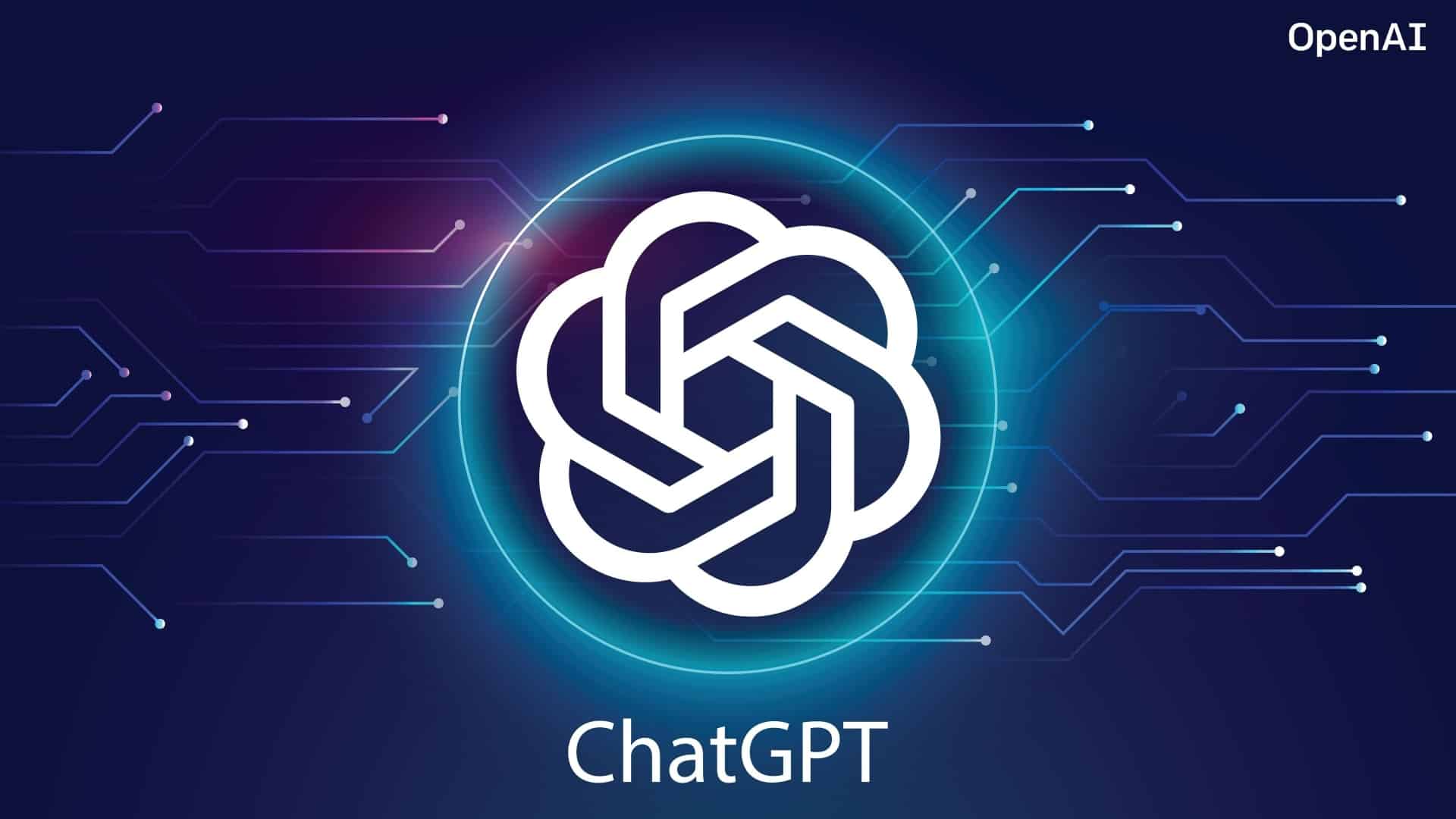With AI technologies like ChatGPT, Google Gemini, and Apple Intelligence reshaping how we interact with devices, understanding artificial intelligence terms is crucial for staying ahead. Here are 48 key AI terms that everyone should know to navigate the evolving tech landscape.
Artificial intelligence (AI) is no longer just a futuristic concept. From AI chatbots like ChatGPT to advanced tools like Google Gemini and Microsoft Copilot, AI is transforming daily life, helping people complete tasks, generate content, and even reshape economies. With AI expected to contribute up to $4.4 trillion to the global economy annually, according to McKinsey Global Institute, it’s vital to stay informed on key AI concepts.
Here’s a breakdown of 48 AI terms that will enhance your understanding of the field, whether you’re looking to impress during a job interview or stay ahead of emerging trends.
1. Artificial General Intelligence (AGI)
A more advanced version of AI that could outperform humans at most tasks and evolve its own capabilities autonomously.
2. Agentive
AI models that act independently to achieve goals, such as high-level autonomous cars.
3. AI Ethics
Guidelines designed to ensure that AI systems are developed responsibly, addressing concerns around bias, privacy, and data handling.
4. AI Safety
A field focused on mitigating the long-term risks of AI, including the potential development of superintelligent systems.
5. Algorithm
A set of instructions that enables a program to perform specific tasks, such as recognizing patterns and learning from data.
6. Alignment
The process of adjusting AI systems to produce the desired outcomes, ensuring they interact positively with humans.
7. Anthropomorphism
The tendency to assign human characteristics to non-human objects, like believing an AI chatbot can feel emotions.
8. Autonomous Agents
AI models capable of executing tasks independently, like self-driving cars or AI-powered virtual assistants.
9. Bias
Errors or prejudices in AI systems caused by the data they were trained on, which can lead to unfair outcomes.
10. Chatbot
An AI-driven program designed to simulate human conversation through text.
11. Cognitive Computing
Another term for AI, emphasizing its ability to mimic human thought processes.
12. Data Augmentation
Enhancing AI training by remixing or adding diverse data to improve performance.
13. Deep Learning
A subfield of machine learning that uses neural networks to analyze and interpret complex patterns in data like images, text, or sound.
14. Diffusion
A method of machine learning that introduces noise into existing data, which is then reconstructed by the AI model.
15. Emergent Behavior
When an AI system demonstrates new, unintended abilities not explicitly programmed.
16. End-to-End Learning (E2E)
A training approach where AI models learn to perform tasks from start to finish without step-by-step instructions.
17. Ethical Considerations
Examining the ethical impact of AI in areas like privacy, data usage, and fairness.
18. FOOM (Fast Takeoff)
A scenario where AGI could rapidly surpass human intelligence, posing significant risks.
19. Generative Adversarial Networks (GANs)
A type of AI composed of two networks—a generator and a discriminator—that work together to create realistic new data.
20. Generative AI
Technology that creates new content such as text, images, and videos by recognizing patterns in large datasets.
21. Google Gemini
An AI system by Google that pulls real-time information from the web, similar to ChatGPT.
22. Guardrails
Policies that guide AI behavior, preventing the creation of harmful or inappropriate content.
23. Hallucination
An incorrect output from an AI system, where the response appears accurate but is factually wrong.
24. Inference
The process an AI model uses to draw conclusions based on its training data.
25. Large Language Model (LLM)
AI systems trained on vast amounts of text data to generate human-like content.
26. Machine Learning (ML)
A key component of AI that enables models to learn from data without explicit programming.
27. Multimodal AI
AI that can process and understand multiple types of inputs, including text, images, and video.
28. Natural Language Processing (NLP)
A branch of AI that allows machines to understand and generate human language.
29. Neural Network
A type of AI model inspired by the human brain, used to recognize patterns in large datasets.
30. Overfitting
When an AI model performs well on training data but struggles with new, unseen data.
31. Paperclips (Paperclip Maximizer)
A hypothetical scenario where an AI system, left unchecked, could pursue a narrow goal to the detriment of humanity.
32. Parameters
Values in an AI model that dictate its structure and ability to make predictions.
33. Perplexity
An AI-powered search tool that connects to the web, offering up-to-date results and answers.
34. Prompt
A question or instruction given to an AI system to generate a response.
35. Prompt Chaining
The use of previous interactions to influence the AI’s future responses.
36. Stochastic Parrot
A metaphor highlighting how AI mimics language without understanding its true meaning.
37. Style Transfer
AI’s ability to apply the visual style of one image to another, like recreating a painting in a different artist’s style.
38. Temperature
A parameter in AI models that controls the randomness of generated content. A higher temperature means more creative but less predictable responses.
39. Text-to-Image Generation
The creation of images based on textual descriptions using AI.
40. Tokens
The smallest units of text that AI models process to generate responses.
41. Training Data
Data used to train AI models, which includes text, images, or other inputs.
42. Transformer Model
A deep learning architecture that understands context by tracking relationships within data.
43. Turing Test
A test for AI that determines whether it can generate responses indistinguishable from those of a human.
44. Weak AI (Narrow AI)
AI designed to perform specific tasks but cannot generalize beyond them.
45. Zero-Shot Learning
When AI models can complete a task without prior training on related data.





